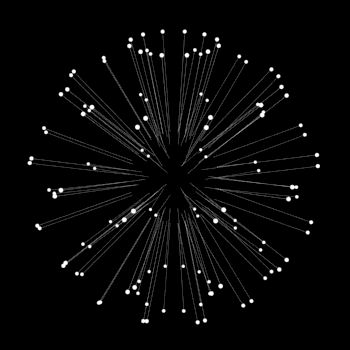The combustion reaction of C3H8O is represented by this balanced chemical equation: 2C3H8O + 9O2= 6CO2 + 8H2O. when 6.01×10^22 molecules of O2 and 2.78×12^23 molecules of C3H8O are combined, how many grams of which reagent was used?
1 Answer
0.132g of C3H8O
0.319g of O2
Explanation:
From the balanced chemical equation, the first thing we realize should realize is that for every
What this means is that in the chemical reaction, the molecules react in this ratio, however, there is a possibility that we could have more
From the data given to us,
Situation 1
if All
Situation 2
if ALL
As you can see, situation 1 is impossible since the number of
From situation 2, we can see that we have more than enough
Since situation 2 is the only possible situation, you can now calculate the number of grams using their moles.
mass of oxygen =
mass of
32 and 60 are their respective relative atomic masses.

